
Soil stabilization is a critical engineering practice that enhances soil strength and durability to support construction projects. A key factor in this process is the soil's plasticity index, which measures its plasticity. The extent to which it can be molded. When soils have a high plasticity index, they are susceptible to changes in moisture content, leading to structural instability. Reducing the plasticity index in soil can significantly decrease the risk of environmental moisture impacting construction, thereby providing a more stable and reliable foundation for buildings and infrastructure. This stabilization enhances safety and extends the lifespan of construction projects.
Understanding the Plasticity Index in Soil
Defining Plasticity Index
This is a critical measurement in soil science, indicating the range of moisture content over which soil remains plastic. This index helps engineers determine a soil's workability and its potential to change in volume and consistency under varying moisture conditions. A high plasticity index often suggests that the soil contains significant amounts of clay, which can expand and contract with moisture. Such expansion and contraction can pose challenges in construction due to the soil's instability.

How High Plasticity Affects Construction Performance
When the plasticity index is high, soil exhibits excessive deformability and low load-bearing capacity, which are undesirable properties in construction contexts. These characteristics lead to foundational instability, posing risks to the longevity and safety of structures built on such soils. This is a strategic focus in construction projects to avoid settlement and other deformation issues. Utilizing appropriate soil treatment methods enhances soil stability and improves resistance to environmental stressors, ensuring a more reliable foundation for construction.
Measuring and Interpreting Plasticity in Clay Soils
The process of measuring the plasticity index involves assessing the water content at which the soil changes from a plastic to a liquid state and from a solid to a plastic state. These measurements provide insights into the soil’s consistency and cohesiveness, vital for understanding how it will behave under pressure. Clay stabilization is often necessary when dealing with high-plasticity soils to prevent excessive shifting and swelling. The data obtained from these tests guides engineers in choosing the right soil improvement strategies.
Goals of Plasticity Index Reduction in Stabilization
The primary goal of plasticity index reduction methods is to enhance soil stability and make it more suitable for construction. By reducing the plasticity index, the soil becomes less sensitive to moisture changes, significantly diminishing its potential for swelling and shrinkage. This is crucial for preventing structural damage over time. It improves soil characteristics and promotes environmental sustainability by repurposing industrial byproducts for soil stabilization.
Impact of Industrial Waste on Soil
Types of Industrial Waste
Various waste materials have been identified as effective for this purpose, each bringing unique benefits to soil properties and construction quality. Here are some of the primary waste products used:
- Fly Ash: Its incorporation into soil mixtures is driven by its remarkable ability to modify the engineering properties of soil, particularly in terms of enhancing load-bearing capacity. Soil treatment with fly ash acts as a pozzolanic material, which reacts with calcium hydroxide and water to form compounds that contribute to the long-term strength and durability of the treated soil. This chemical reaction improves the soil’s cohesiveness and reduces its susceptibility to shrink-swell cycles, which can otherwise lead to structural instability. Furthermore, the fine particle size of fly ash allows it to fill voids between larger soil grains, thereby increasing the overall density and compaction of the mixture.
- Slag: Slag, a byproduct of steel manufacturing, is renowned for its beneficial physical and chemical properties in soil stabilization projects. This industrial residue is characterized by its high content of silicates and oxides, which are instrumental in improving the mechanical strength of soils. When incorporated into soil matrices, slag reduces moisture susceptibility and enhances the overall stability of the substrate. Its granular nature allows it to serve as a skeletal structure within the soil, providing an interlocking framework that increases compaction and reduces the likelihood of settlement under load. Chemically, slag reacts with soil constituents to form cementitious compounds that further strengthen the matrix, improving durability and resistance to environmental stresses. This reaction process is particularly effective in soils that are prone to erosion or deformation, as it mitigates the adverse effects of water infiltration and cyclic loading. Additionally, soil improvement using slag offers a sustainable approach by diverting industrial waste from landfills and repurposing it into a valuable construction material.
- Rice Husk Ash: This finely divided material contributes to improved soil gradation by filling the voids between soil particles, enhancing compaction and overall structural integrity. The presence of amorphous silica in rice husk ash enables it to react with lime or cement, forming secondary compounds that bolster the strength and durability of treated soils. Its ability to modify the soil’s particle-size distribution enhances water retention and reduces permeability, particularly beneficial for mitigating the effects of moisture fluctuations. As a soil stabilizer, rice husk ash also reduces plasticity, thereby limiting the soil's tendency to undergo significant volumetric changes under varying moisture conditions. This plasticity reduction improves the soil's load-bearing capacity and reduces the risk of settlement and structural failures in construction projects. Furthermore, using rice husk ash exemplifies a sustainable practice by repurposing an abundant agricultural waste product, decreasing environmental waste, and reducing the demand for traditional stabilizing agents.
- Gypsum: When introduced to soil, gypsum acts as a chemical amendment that promotes better drainage and reduces the soil’s plasticity. This reduction in plasticity is critical in preventing excessive swelling and shrinking, which can compromise the integrity of building foundations and other structural elements. Gypsum displaces sodium ions within the soil matrix, thereby promoting the flocculation of clay particles. This flocculation results in a more granular soil structure that is less prone to water retention and compaction issues. Also, the presence of gypsum can enhance the soil’s overall workability, making it easier to achieve the desired soil compaction levels during construction. This improved workability also contributes to a more uniform moisture distribution, reducing the risk of localized failures or differential settlement. Beyond its technical benefits, gypsum is valued for its cost-effectiveness and availability, making it an attractive option for large-scale stabilization projects.
- Marble Dust: The fine particulate waste generated during marble processing has gained attention as a soil stabilization agent due to its capacity to enhance soil compactness and alter soil structure. This byproduct is rich in calcium carbonate, which plays a key role in modifying the physical and chemical characteristics of the soil. When mixed with soil, marble dust acts as a filler material that improves particle interlock and reduces void spaces, leading to better compaction and increased density. The addition of marble dust also contributes to a more homogeneous soil matrix, enhancing the soil’s resistance to water penetration and erosion. Its influence on soil structure can improve load distribution and increase overall stability, making it an ideal additive for construction projects that demand high structural integrity. Marble dust can also interact with other soil stabilizers, creating synergistic effects that further improve the mechanical properties of the soil.
By repurposing these industrial byproducts, construction practices become more cost-effective and efficient and align with broader environmental objectives aimed at reducing waste and promoting resource conservation.
Plasticity Index Reduction Methods Using Industrial Waste
Optimizing Mixtures for Maximum Effectiveness
For achieving the best results in soil stabilization using industrial waste, it's critical to optimize the mixtures of soil and industrial byproducts like fly ash and slag. This involves precise calculations of the ratios that balance the mechanical and chemical properties required for specific soil conditions and construction needs.
Comparing Waste-Based Methods to Traditional Stabilizers
Several advantages become apparent when comparing waste-based soil stabilization techniques to traditional methods. Waste-based methods often present cost savings, environmental benefits, and enhanced soil performance, making them an increasingly popular choice in modern construction practices.
Experimental Procedures and Analytical Techniques
A rigorous experimental approach is fundamental to accurately assessing the effectiveness of industrial waste in soil stabilization, particularly when the goal is to reduce the plasticity index and enhance engineering properties. The process begins with a well-structured experimental design that clearly defines the objectives, hypotheses, variables, and controls. This foundational planning ensures that the outcomes are both reliable and reproducible. The design typically involves selecting control (untreated) and experimental (treated) soil groups, defining the types and dosages of industrial waste additives, and establishing curing periods to monitor changes over time.

Sampling Procedures are critical to the validity of the study. Soil samples are systematically collected from representative locations using methods such as test pit excavation, core sampling, or augering, depending on the soil type and project scale. Care is taken to preserve the natural structure and moisture content of the samples, as these factors significantly influence test results. For instance, samples are often stored in airtight containers immediately after extraction to prevent moisture loss and oxidation, which could alter their physical and chemical properties. In some studies, sampling is stratified to capture variability across different depths or soil horizons, ensuring comprehensive characterization.
Once collected, sample preparation follows standardized protocols to achieve uniformity across specimens. This includes air-drying to a constant weight, sieving to remove oversized particles, and adjusting the moisture content to predetermined levels, often based on the optimum moisture content derived from compaction tests. The industrial waste additives are also prepared and characterized for their particle size distributions and chemical compositions. Mixing is conducted under controlled conditions to ensure homogeneity, with additives incorporated at specific proportions determined by prior research or preliminary trials. The prepared mixtures are then molded or compacted into standardized shapes (e.g., cylindrical specimens for unconfined compressive strength tests) and subjected to curing under controlled temperature and humidity conditions, simulating field environments.
Mechanical analysis is central to evaluating the structural improvements imparted by industrial waste. The unconfined compressive strength (UCS) test is a widely adopted method, wherein cylindrical specimens are loaded axially until failure, and the peak stress is recorded. This test provides direct insight into the soil’s load-bearing capacity post-stabilization. Multiple specimens are typically tested at various curing intervals, such as 7, 28, and 60 days, to assess both the immediate and long-term effects of stabilization. Other mechanical tests, such as triaxial compression, direct shear, and California Bearing Ratio (CBR), may be employed to provide a broader understanding of strength, deformation, and shear characteristics. The results are statistically analyzed to assess significance and reproducibility, often involving calculations of mean values, standard deviations, and confidence intervals.
Beyond mechanical properties, mineralogical analysis is essential to elucidate the chemical and structural transformations occurring within the soil matrix. X-ray diffraction (XRD) is employed to identify and quantify the crystalline phases present before and after stabilization. This technique reveals the formation of new cementitious minerals, such as ettringite, calcium silicate hydrate (C-S-H), or gypsum, which are indicative of pozzolanic reactions between the industrial waste and soil constituents. The presence and evolution of these minerals over time provide evidence of the stabilization mechanisms at play and help explain observed improvements in mechanical behavior.
Morphological analysis further complements the evaluation by offering a detailed visualization of microstructural changes. Scanning electron microscopy (SEM) provides high-resolution images of soil particle arrangements, pore structure, and the development of bonding networks between soil and additive particles. SEM analysis can reveal the reduction in porosity, the filling of voids, and the formation of dense, interlocking matrices that contribute to enhanced strength and durability. Energy-dispersive X-ray spectroscopy (EDX), often coupled with SEM, enables elemental mapping and quantification, confirming the incorporation of key elements (e.g., calcium, silicon, magnesium, and aluminum) from the industrial waste into the soil matrix. These analyses collectively shed light on the physical and chemical pathways through which industrial waste modifies soil behavior.
In practice, the integration of mechanical, mineralogical, and morphological analyses creates a robust framework for evaluating soil stabilization. For example, a typical study might begin with baseline characterization of untreated soil, including measurements of moisture content, Atterberg limits (liquid and plastic limits), particle size distribution, organic content, and pH. After treatment with industrial waste, the same suite of tests is conducted at multiple curing intervals. Mechanical tests quantify improvements in strength and deformation resistance; XRD identifies new mineral phases; SEM and EDX document microstructural and compositional changes. The results are then correlated to provide a comprehensive picture of how industrial waste influences soil properties at both the macro and micro scales.
The experimental design may also include statistical analysis and modeling to optimize additive proportions and predict long-term performance. Regression models or machine learning algorithms can be used to relate input variables (e.g., additive type, dosage, curing time) to output properties (e.g., UCS, plasticity index), guiding the development of more efficient stabilization protocols.
Finally, quality assurance and ethical considerations are maintained throughout the experimental process. Rigorous adherence to standardized test methods (e.g., ASTM, BS, ISO) ensures comparability and credibility of results. Data integrity is safeguarded by careful documentation, calibration of equipment, and replication of tests. Limitations, such as sample heterogeneity or scale effects, are acknowledged and addressed through appropriate experimental controls and statistical treatment.
The evaluation of industrial waste for soil stabilization is underpinned by a comprehensive experimental methodology that involves precise sampling, meticulous preparation, and advanced analytical techniques. Mechanical testing quantifies improvements in strength and durability; mineralogical and morphological analyses unravel the underlying mechanisms; and robust experimental design ensures that findings are both scientifically valid and practically applicable. This integrated approach not only demonstrates the efficacy of industrial waste in reducing the plasticity index and enhancing soil performance but also supports the advancement of sustainable and effective construction practices.
Methods for Reducing Plasticity Index Using Industrial Waste
Reducing the plasticity index (PI) of soils through the incorporation of industrial waste has become an increasingly adopted strategy in geotechnical engineering, offering both technical and environmental advantages over traditional stabilizers such as lime and cement. The primary approaches for integrating industrial waste into soil focus on optimizing the type, proportion, and method of mixing to achieve the desired reduction in PI while maintaining or enhancing other key engineering properties. One widely used approach is the direct mixing of finely divided industrial byproducts into high-plasticity soils. The selection of the appropriate waste material depends on the soil type and project requirements, as each additive interacts differently with soil constituents. For example, fly ash and slag are valued for their pozzolanic reactions with soil moisture and calcium, forming cementitious compounds that bind soil particles and reduce the clay fraction’s plastic behavior. Rice husk ash, rich in amorphous silica, reacts with lime or cement in the soil to create additional binding phases, while gypsum and marble dust act as chemical amendments that promote flocculation and granular restructuring of clay particles, further lowering PI.
Mixture optimization is crucial for maximizing the effectiveness of industrial waste in PI reduction. This process typically involves laboratory testing to determine the optimal dosage of each additive, balancing factors such as workability, compaction, strength, and durability. Too little waste may yield insufficient PI reduction, while excessive amounts can adversely affect soil structure or increase costs. Researchers often conduct iterative trials, adjusting the waste-to-soil ratio and evaluating the PI and other properties after various curing periods. Advanced approaches may combine multiple waste types to exploit synergistic effects—for instance, blending fly ash with gypsum or rice husk ash to achieve both immediate and long-term stabilization benefits. Some studies have explored innovative placement techniques, such as multi-layering methods where alternating layers of soil and waste (e.g., magnesium-rich synthetic gypsum) are compacted to enhance additive distribution and interaction, leading to more pronounced PI reductions and improved mechanical performance.
Comparing these waste-based methods to traditional stabilizers, several advantages emerge. Industrial waste additives often deliver comparable or superior PI reduction, particularly when optimized for local soil conditions. They also offer significant sustainability benefits by diverting waste from landfills, reducing greenhouse gas emissions associated with cement and lime production, and lowering overall material costs. Furthermore, the versatility of waste-based approaches allows for tailored solutions, adjusting mixture designs to address specific soil challenges and environmental constraints. While traditional stabilizers remain effective, especially in scenarios requiring rapid strength gain, the growing body of evidence supports the broader adoption of industrial waste as a viable and often preferable alternative for reducing the plasticity index and enhancing soil performance in construction projects.
Effects of Industrial Waste on Soil Properties
Long-Term Durability and Moisture Resistance
Soil stabilized with industrial byproducts exhibits increased long-term durability and resistance to moisture-related issues. The chemical changes induced by soil additives like fly ash create a more cohesive soil matrix, less susceptible to erosion and degradation over time. This durability is paramount in areas prone to extreme weather conditions, where soil integrity is critical to maintaining the lifespan and safety of infrastructure.
Soil Behavior Improvements Across Conditions
The overall behavior of soil treated with industrial waste improves across various environmental conditions. This adaptability is crucial for construction sites exposed to diverse climatic and loading conditions. Modifying the soil's foundational properties, these treatments ensure that the soil can withstand different stresses, such as freeze-thaw cycles, drought, and heavy rainfall, without compromising structural integrity.
Advancing Soil Stabilization with Technology and Monitoring
Automated Mixing and Application for Consistency
The advancement in automated technologies has revolutionized the way soil stabilization is conducted. Automated mixing and application systems ensure consistent distribution of industrial waste materials like fly ash and slag within the soil. This consistency is crucial for achieving uniform soil properties across the entire treated area, which is essential for the structural integrity of future constructions. Automation in the application process minimizes human error, enhances efficiency, and reduces time and costs associated with manual processes.
Digital Monitoring of Soil Performance Post-Treatment
Digital monitoring of soil performance with reduced plasticity post-treatment represents a significant technological leap in construction and environmental management. This monitoring involves the use of sensors and IoT (Internet of Things) technologies to assess soil conditions and performance in real-time, continuously. Here are the benefits and processes involved:
- Real-Time Data Acquisition: These sensors operate autonomously, transmitting data to centralized platforms for processing and visualization in real time. The real-time aspect of this technology allows construction and environmental teams to observe soil performance as conditions evolve, rather than relying solely on periodic manual sampling. This constant stream of information helps to ensure that any deviations from expected performance are immediately apparent. Moreover, the precision of these measurements allows for a nuanced understanding of how the soil responds to environmental factors like rainfall, seasonal temperature variations, or even human activities. By integrating these data points, decision-makers can optimize irrigation, drainage, and maintenance schedules to maintain the stability of treated soils.
- Early Problem Detection: One of the most significant advantages of digital monitoring is its ability to detect issues early, well before they escalate into major problems. With sensors continuously tracking parameters such as moisture content, compaction levels, and shifts in soil density, the system is finely tuned to detect anomalies that may indicate potential problems. A sudden spike in moisture or a gradual decline in soil density can signal the onset of water infiltration, erosion, or other destabilizing factors. The continuous feedback loop allows for the rapid identification of such irregularities, enabling maintenance teams to intervene promptly and mitigate risks before they impact the structural integrity of the site. Early detection is critical in environments where soil conditions are rapidly changing due to weather events or heavy usage.
- Performance Analysis: The wealth of data gathered through digital monitoring systems provides an invaluable foundation for detailed performance analysis, enabling engineers to evaluate the long-term effectiveness of soil stabilization treatments. Over time, the continuous collection of soil parameters allows for developing comprehensive performance profiles that reveal trends and patterns in soil behavior. Through sophisticated data analytics and modeling, professionals can correlate changes in soil properties with environmental events or specific treatment interventions, thus determining the durability and resilience of the stabilization process. This analytical approach helps verify that the treatment is performing as intended and provides insights that can inform future projects. Engineers can fine-tune their stabilization methods, adjust treatment formulations, and optimize maintenance schedules to enhance overall performance by understanding the relationship between soil performance and various influencing factors.
- Documentation and Compliance: Every data point collected by sensors is logged and stored in a centralized, often cloud-based, database that engineers, regulatory bodies, and project stakeholders can access. This systematic documentation creates an auditable trail of soil performance, treatment efficacy, and maintenance actions over time. Such detailed records are invaluable during inspections and audits, demonstrating that the stabilization processes meet stringent environmental and safety standards. Additionally, these records support transparent communication with regulatory agencies, ensuring that all activities comply with local, national, and sometimes international guidelines. The ability to generate detailed reports from stored data helps verify project outcomes and provides evidence of the long-term benefits of the applied treatments.
This approach ensures that stabilization efforts remain effective over time and provides a robust framework for proactive maintenance, performance evaluation, and regulatory compliance.

The movement towards eco-friendly soil stabilization methods marks a significant step forward in the construction industry’s journey towards sustainability. As global awareness of environmental issues increases, the pressure to adopt greener practices strengthens. Soil stabilization using industrial byproducts minimizes waste and conserves natural resources, paving the way for a more sustainable construction landscape. Stabilize your soil with advanced solutions from Soil Connect, reducing plasticity and creating longer-lasting foundations.

.svg)





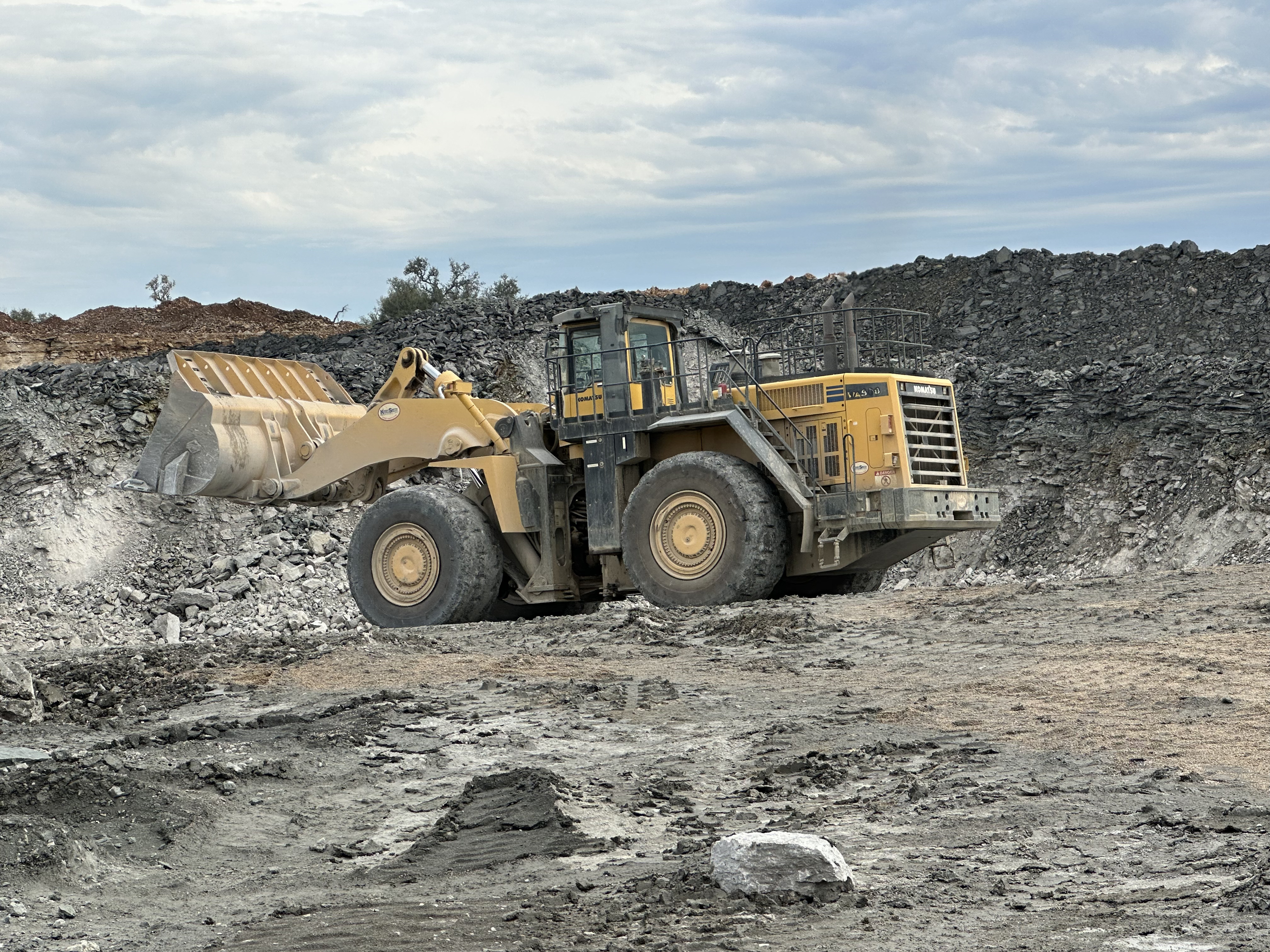




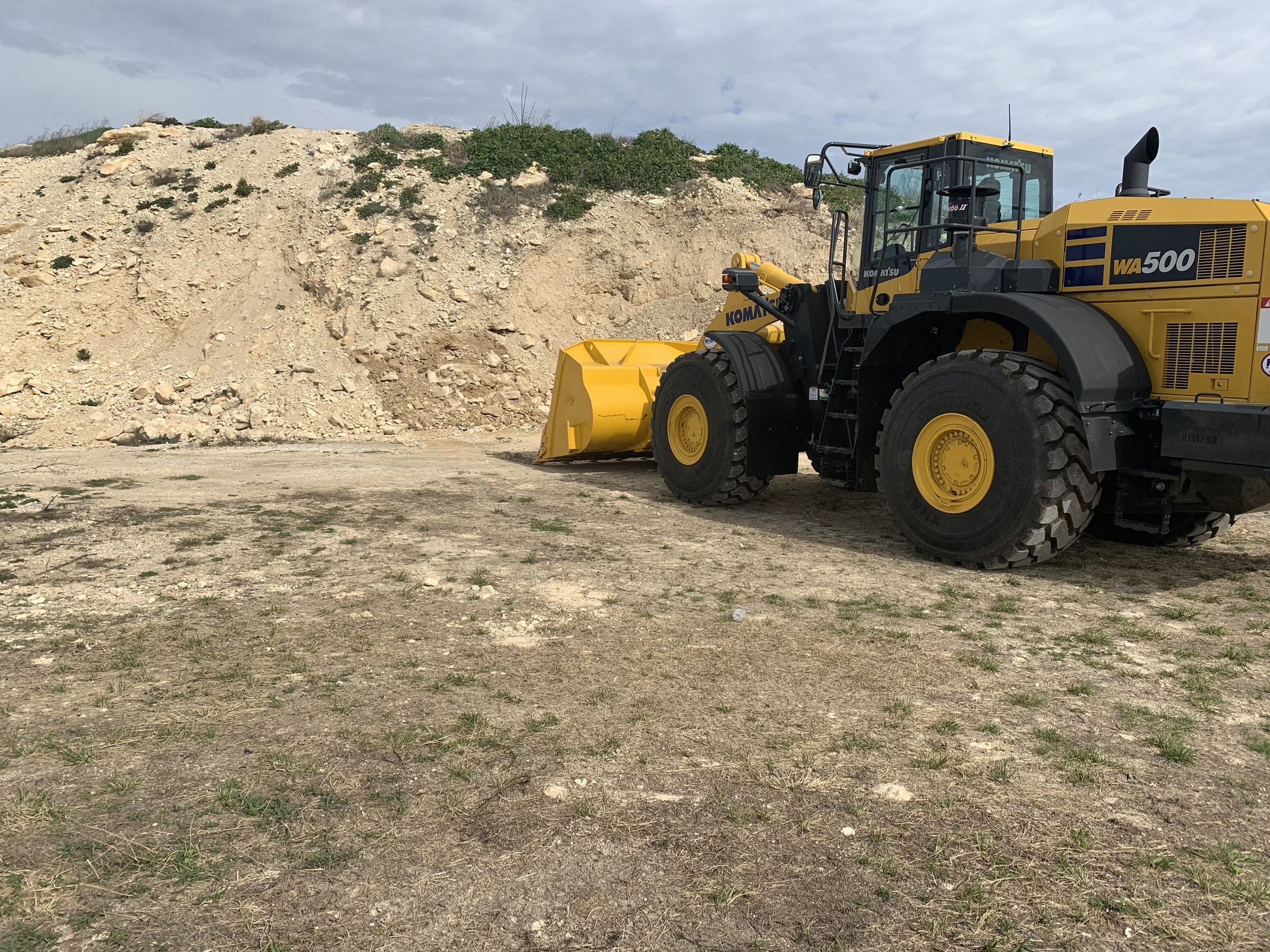
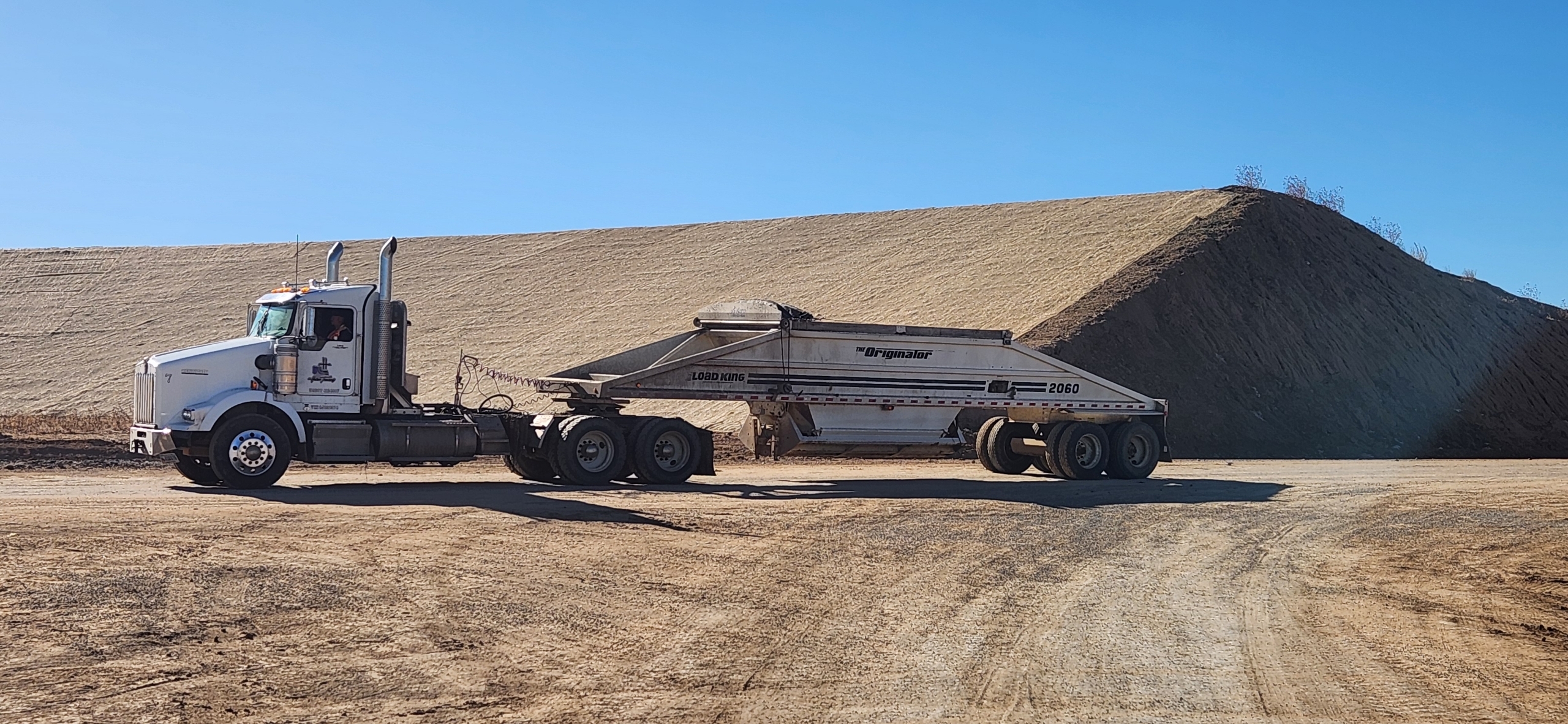
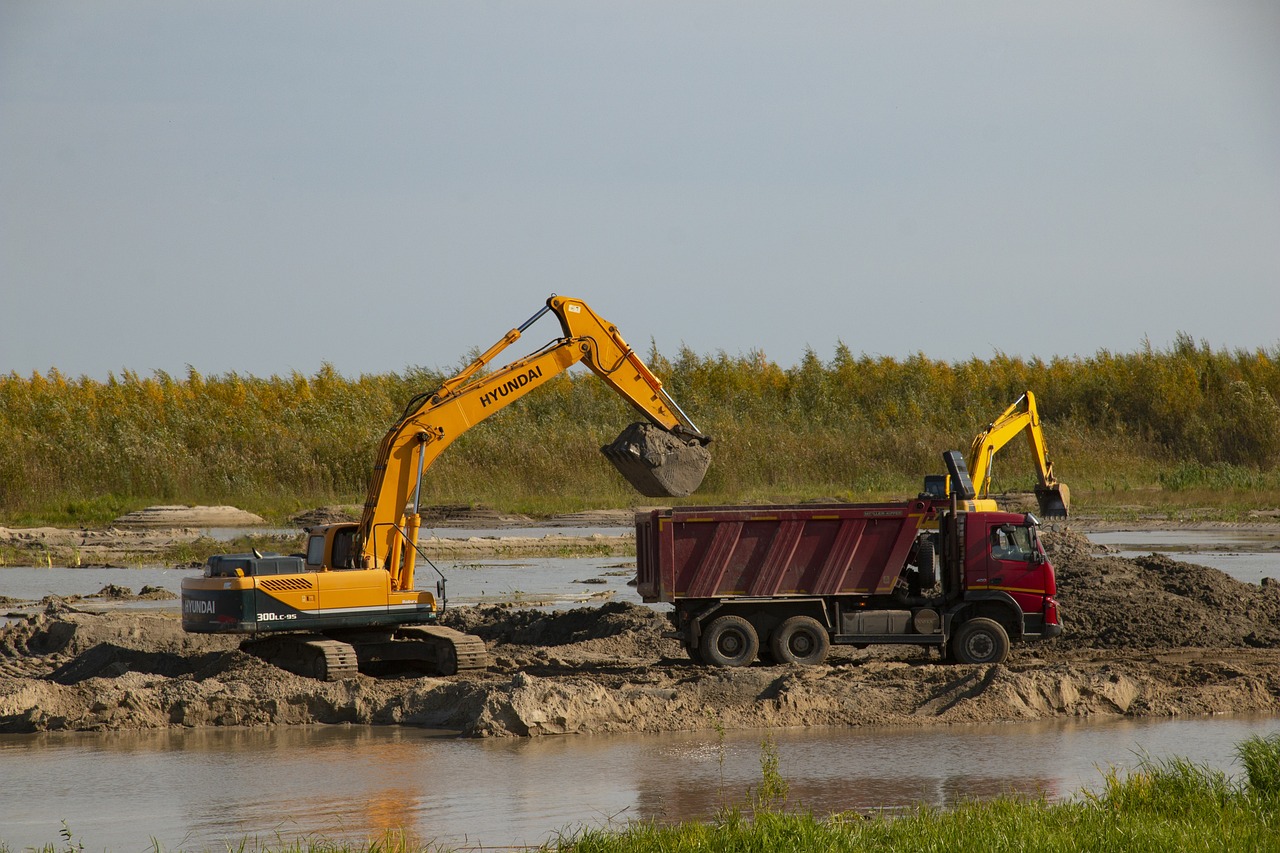

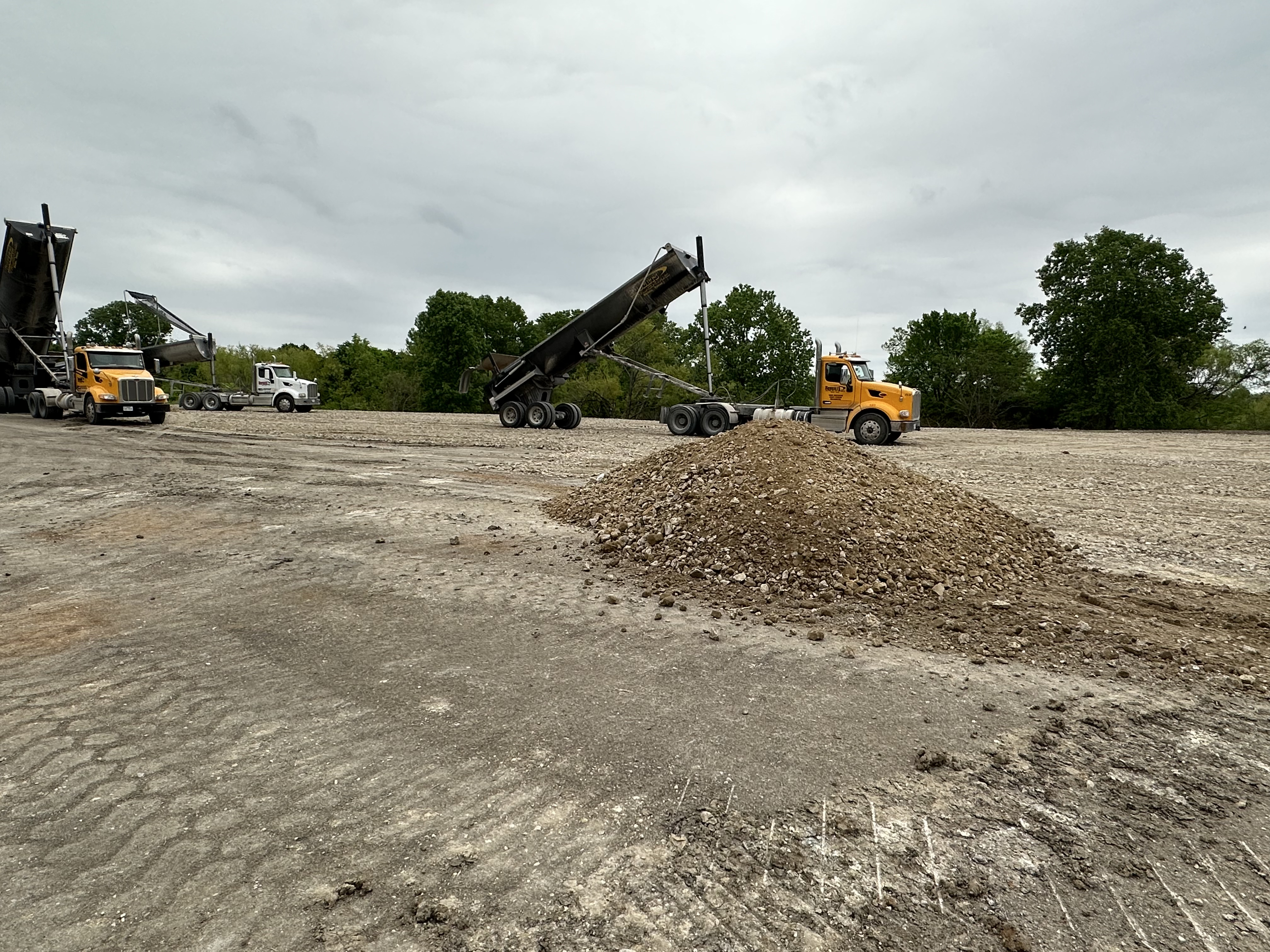

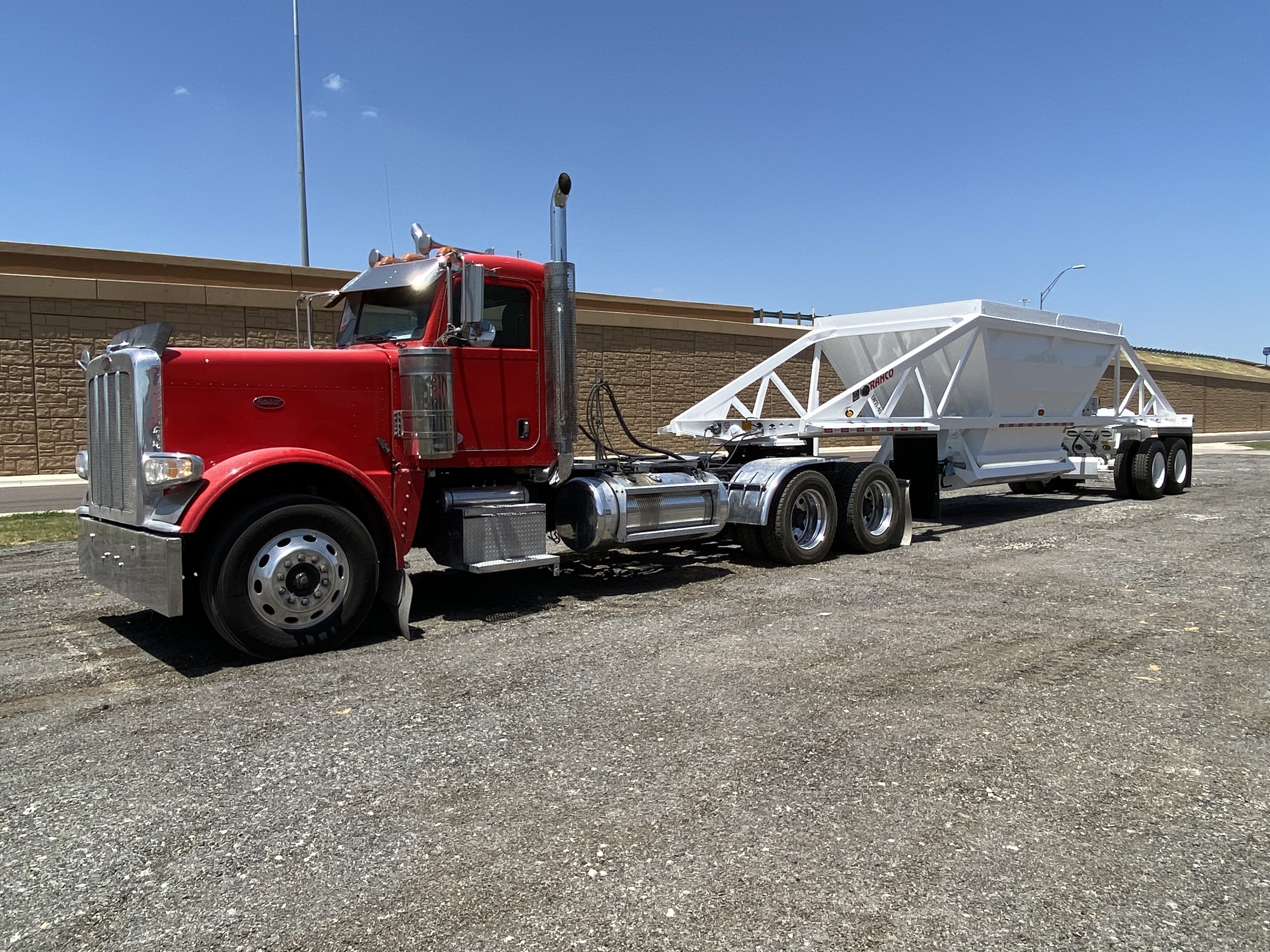
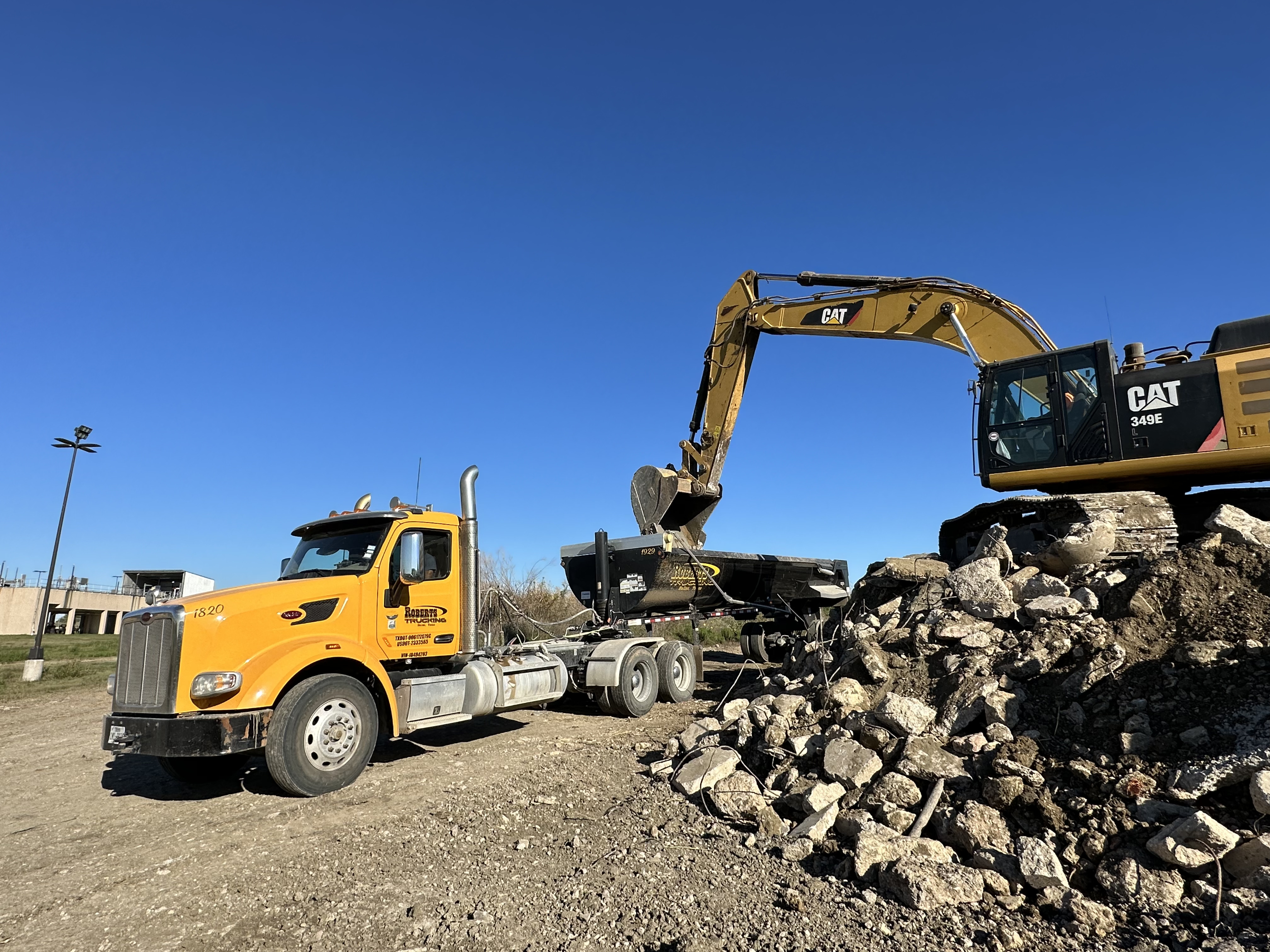
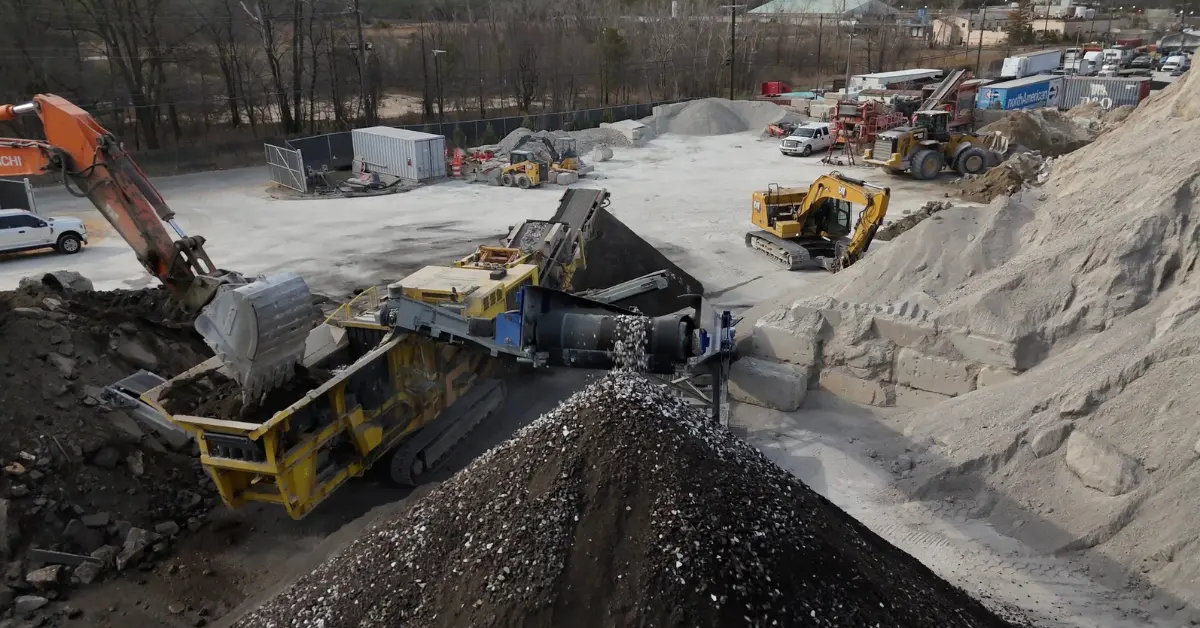
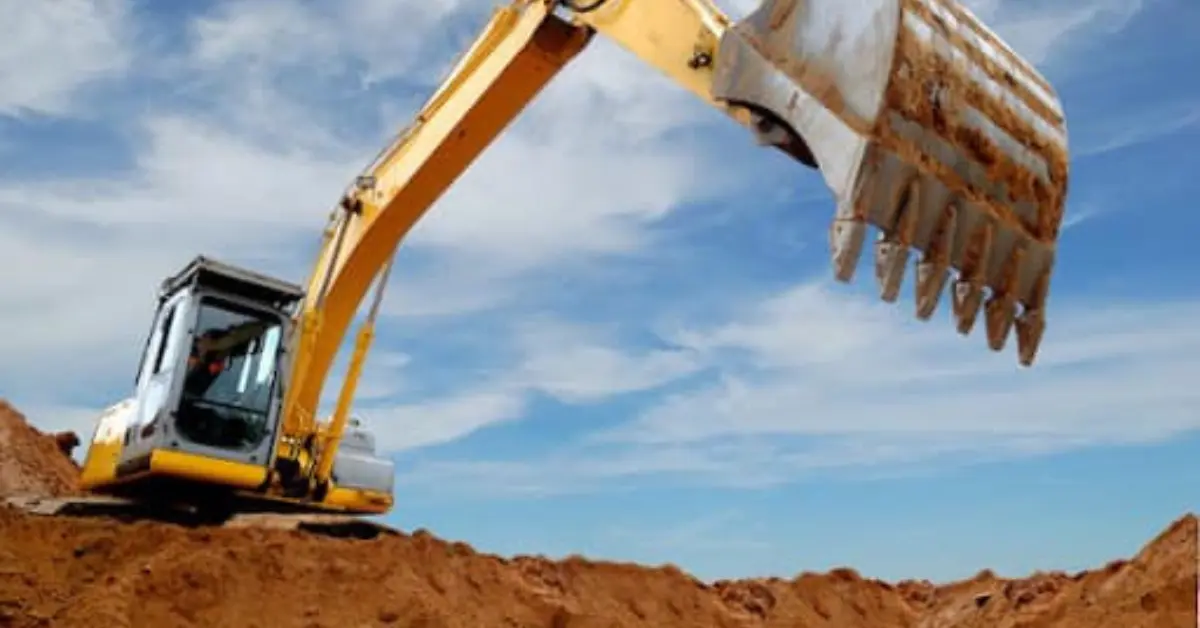
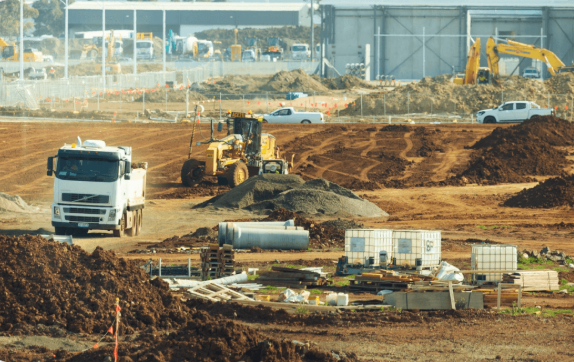
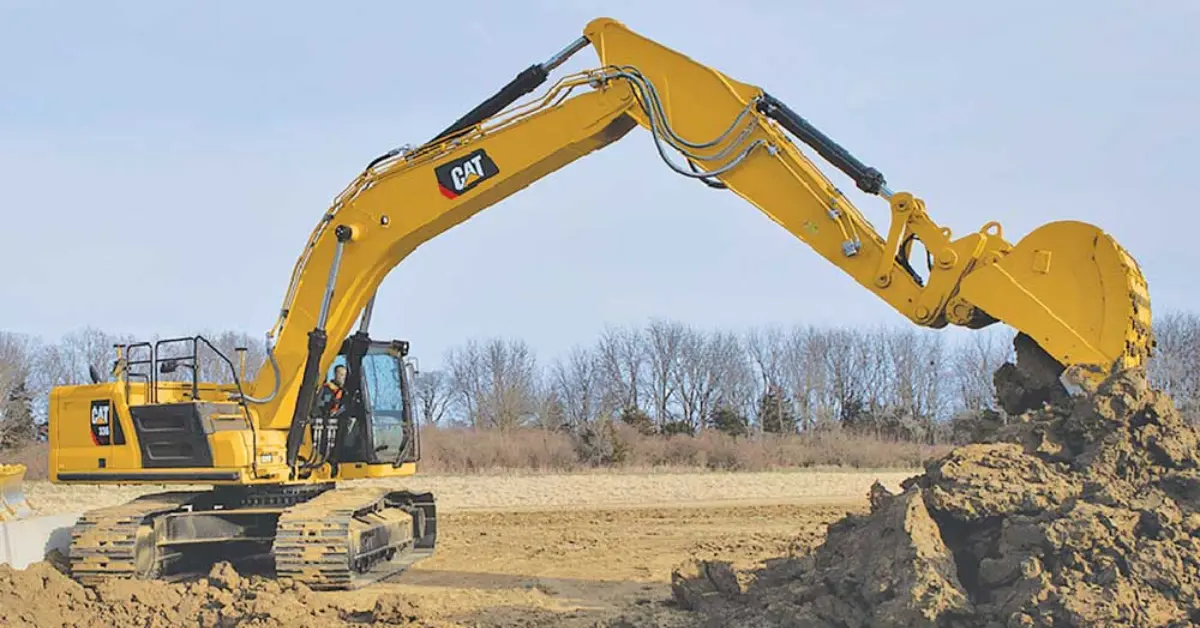
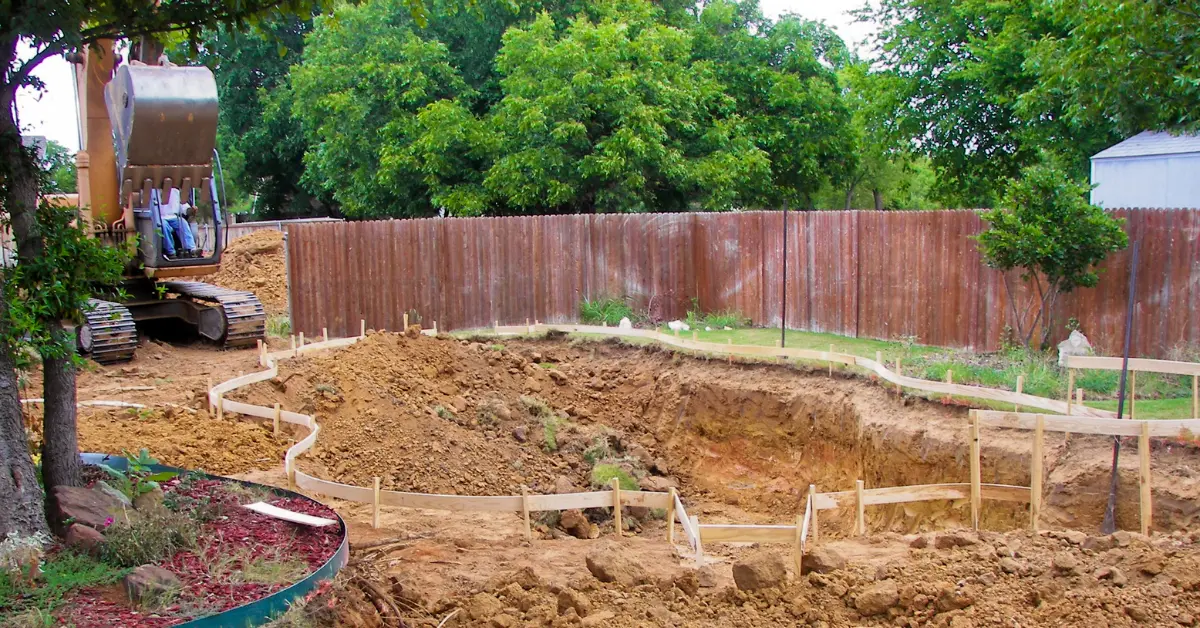
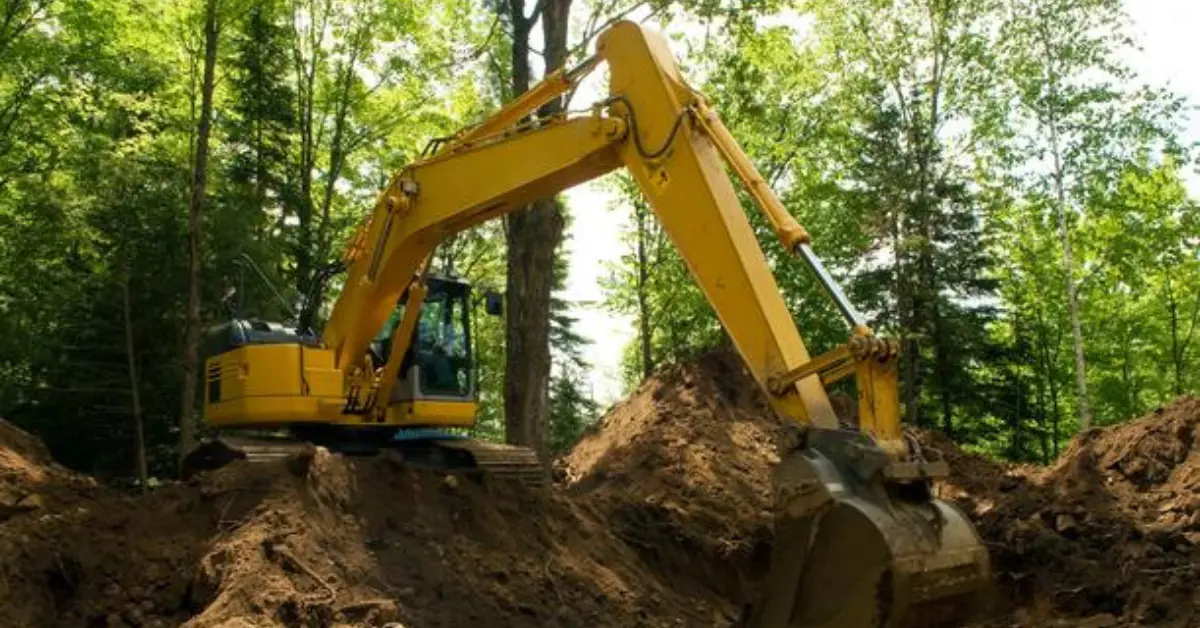
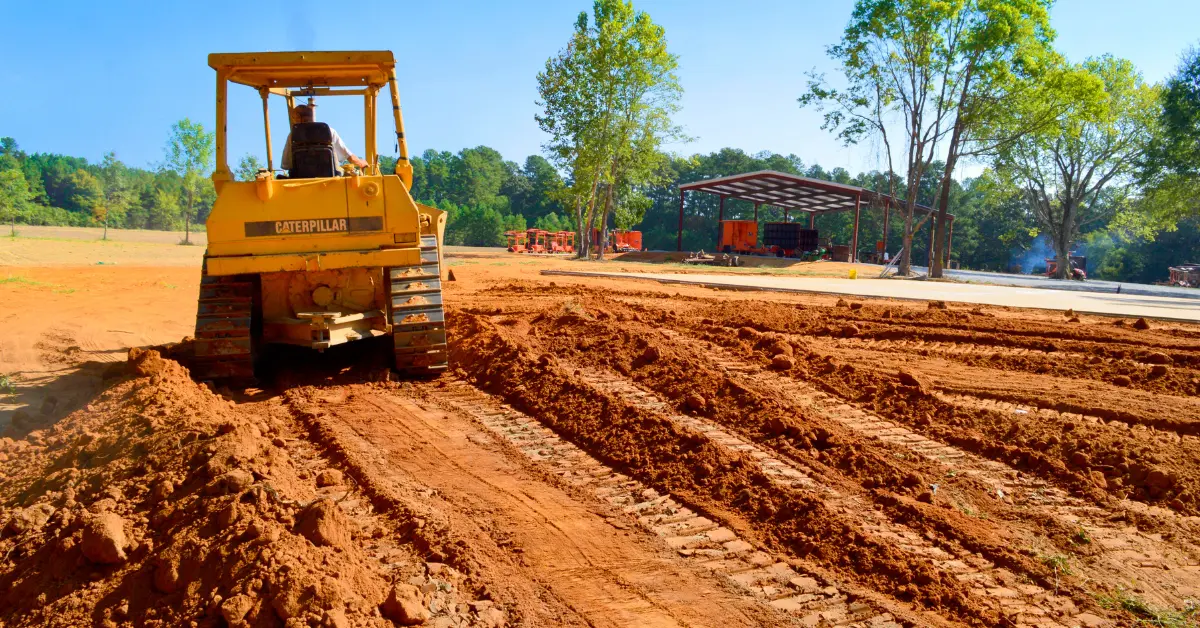
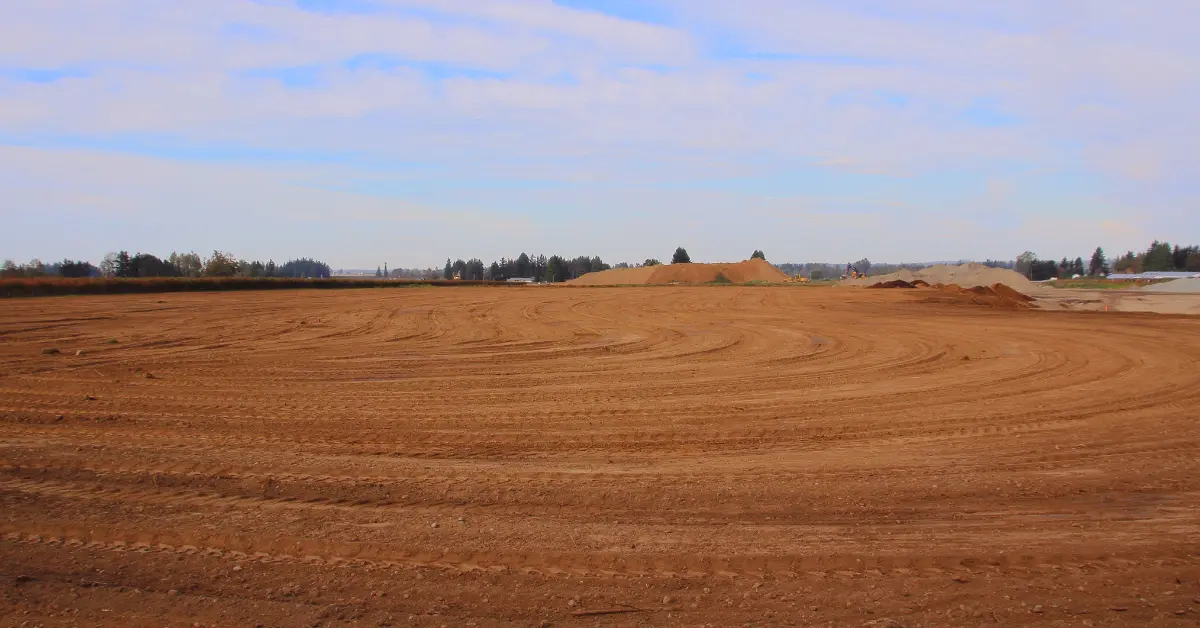



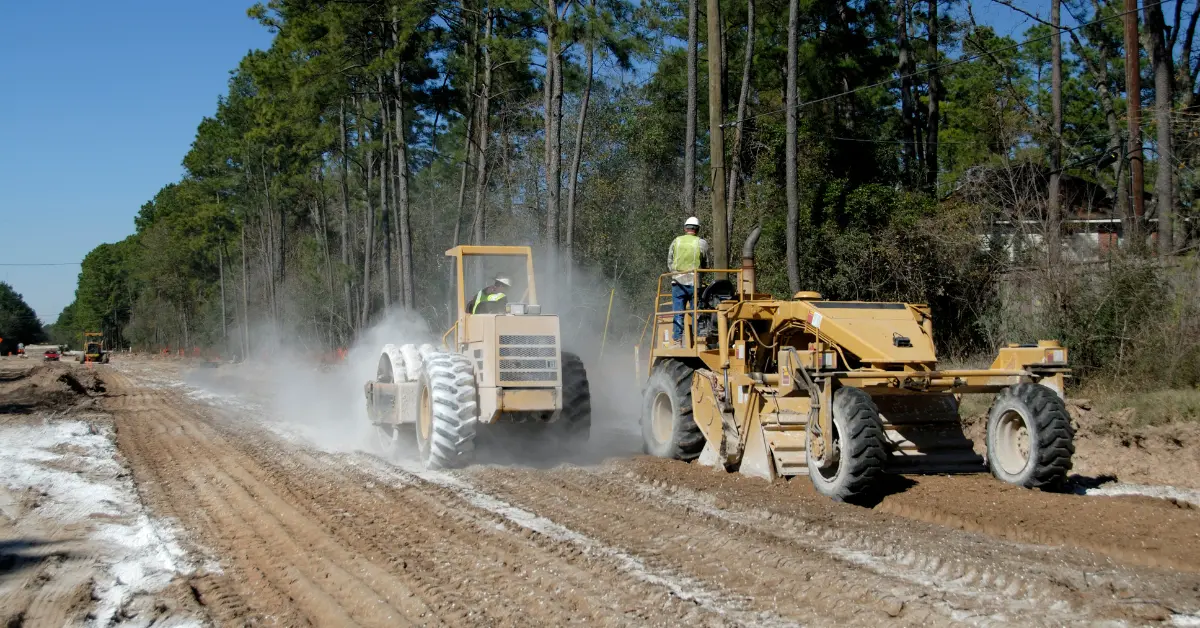




.jpg)











































